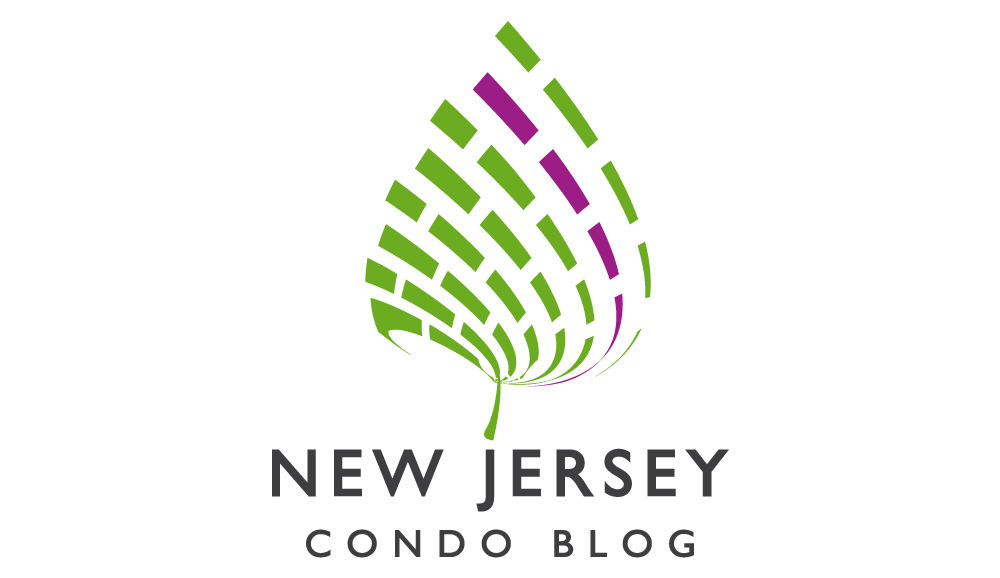
Part II: Who Pays When Causation, Claims and Coverage Cross?
Part Two of a Three-Part series: They are responsible, shouldn’t their insurance carrier provide coverage?
Last week in part one of our series, “Who pays when causation, claims and coverage cross?” we discussed responsibility for property damage. We learned that responsibility is not as simple as determining “where the leak came from.” Indeed, responsibility for damage from a leak needs to be examined on a case-by-case basis, looking at the very specific facts and circumstances. This week, to complicate matters further, we will learn that insurance coverage is also not as simple as determining whether the association, a unit owner, or both are determined to have any legal responsibility to effectuate a repair.
Put simply, the terms of the policy of insurance (and not legal responsibility to repair) will determine whether or not coverage is available. For insurers, the first step is determining whether a claim is covered under the policy. For example, a property casualty policy will typically cover “bodily injury” and “property damage” that is caused by an “occurrence” to “covered property” during the “policy period,” excepting any specific “exclusions” to coverage, as those terms are defined by the policy. For the association’s property casualty insurance, whether or not something is “covered property” will largely depend on what type of policy the association maintains. There are generally three basic types of property casualty insurance coverage: (1) “bare walls,” which covers only the common elements/structure and not the units; (2) “single entity,” which covers the structure and the units, excluding any improvements, betterments or additions by unit owners; and (3) “all-in,” which covers everything, including improvements, betterments or additions by unit owners. If the claim is covered by the property casualty policy, and the association submits a claim, then the insurer has a responsibility to provide coverage. The association would have a responsibility to make repairs to any covered portions of the unit(s) damaged to the extent of the proceeds received.[1]
In reality, both the association’s insurance and the unit owner’s HO-6 (or other applicable policy) may provide some level of coverage. Where both provide coverage, the insurers will evaluate: (1) where the damage originates from (i.e. from the common elements or the unit); (2) whether the parties had any role in causing the damage; (3) what damage is to “covered property”; (4) whether there are any exclusions to coverage; and, (5) the parties respective legal responsibility for the damage. Applying this analysis, the insurers will typically come to some agreement as to the appropriate allocation between the association and unit owner’s policies to provide coverage for the repairs. Keep in mind that many property casualty policies contain exclusions for claims that are alleged to have been caused by defective construction or failure to maintain the common elements. Thus, in our “oriental rug” scenario that we discussed last week, if the allegation is that the damage was caused by the association’s negligent failure to maintain, the property casualty policy may actually exclude coverage. However, the unit owner’s HO-6 policy may still provide coverage for the damaged rug.
We strongly recommend that you consult with an attorney whenever dealing with issues pertaining to responsibility or insurance coverage for property damage claims. Tune in next week for Part 3 of this three-part series: “The leak came from another unit, how is it my responsibility?”
[1] See N.J.S.A. 46:8B-24(a).






